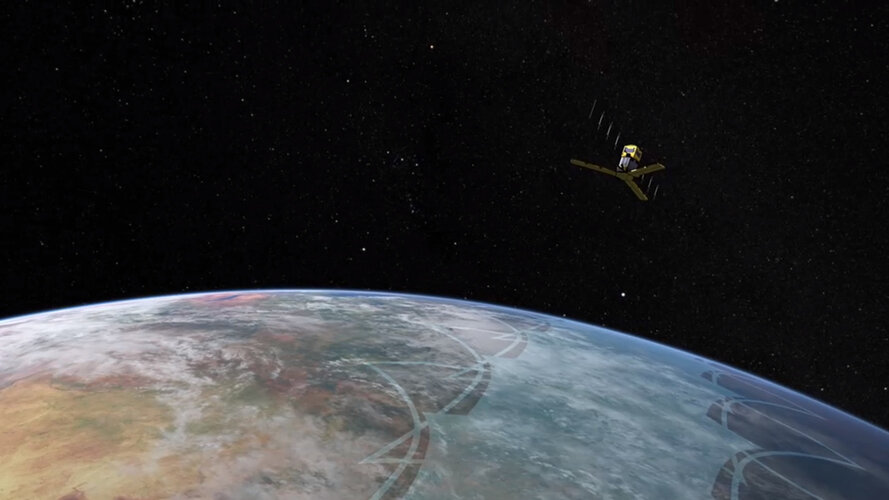
Video:
00:02:20
The SMOS satellite carries a novel interferometric radiometer that operates at a frequency of 1.4 GHz in the L-band microwave range of the electromagnetic spectrum to capture ‘brightness temperature’ images. These images correspond to radiation emitted from Earth’s surface, which scientists then use to derive information on soil moisture and ocean salinity. However, because of the wide field of view of SMOS’ antenna, it doesn’t just capture signals emitted from Earth’s surface, but also signals from the Sun – which create noise in the brightness temperature images. These stray signals are valuable data for helping to monitor solar activity.
Read full story: Water mission takes on space weather
Credits: ©Planetary Visions (credit: ESA/Planetary Visions)
Click here for original story, SMOS detects space weather
Source: ESA Space News